Why Your Facebook ROAS Dropped Suddenly on Your Ads
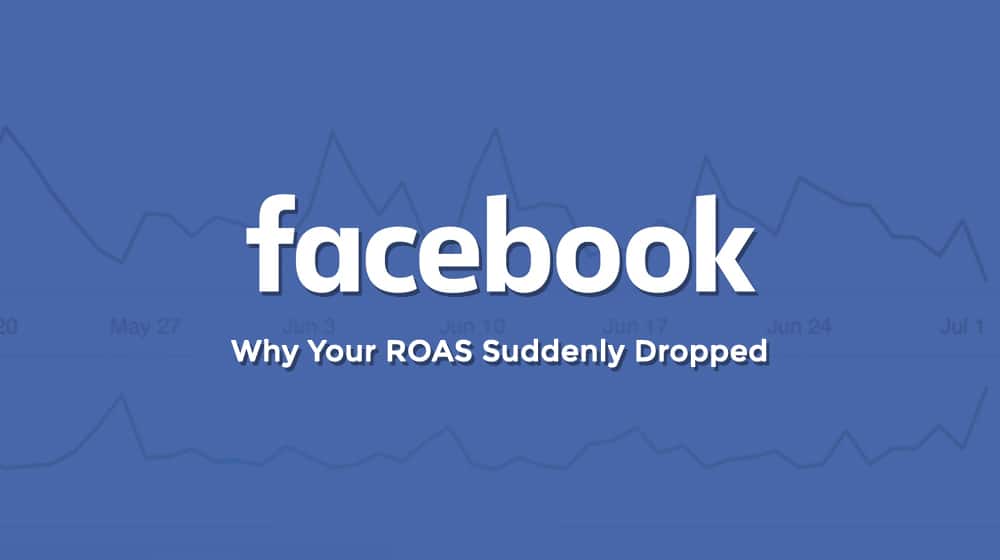
One of the most important metrics to monitor when you're running paid ads is your return on ad spend. It's all great to cut ad costs, and it's fine to look at the amount of money and conversions you've made, but without monitoring how those numbers work together, you won't be able to analyze how much money you're actually making. It's simply your return on investment.
Facebook is great about reporting data about everything from your audience to your ads, so it should come as no surprise that they keep track of your ROAS right there in your ads interface. You can even see how your ROAS has changed over time.
So one day you log in, and you notice something that gives you a sinking feeling deep in your gut. Your ROAS, which was fine and dandy yesterday, has dropped. Maybe it's significantly lower, or maybe it's negative. So what happened?
Your ROAS is a simple calculation of the amount of money you're making divided by the money you're spending. Anything that messes with the numbers on either end of that calculation will disrupt your ROAS.
 30 Second Summary
30 Second Summary
You'll find that your return on ad spend (ROAS) can drop for several important reasons. Your budget might be too low, preventing Facebook from reaching the right people. You might have higher costs per click, or your average order value could have decreased. If your ads overlap too much, you'll compete with yourself. You might also need to refresh your ad creative or adjust to seasonal changes. To fix low ROAS, you should watch your ad frequency, update your creative regularly and think about setting ROAS limits in Facebook to protect your investment.
Your Budget is Too Low
First and foremost, I've found that the number one reason why an ad campaign will go from a high, satisfactory ROAS to a low but non-zero ROAS is a budget that straddles the line of just a little bit too low.
See, Facebook uses a lot of algorithms based on a lot of personal data to target specific users with specific ads. You can set up ads with a target audience of 15,000 people or 100,000 people or however broad or narrow you want, and that sets the boundaries. From there, Facebook uses their own data to figure out which people, within that audience, are most likely to click on or convert through your ads.
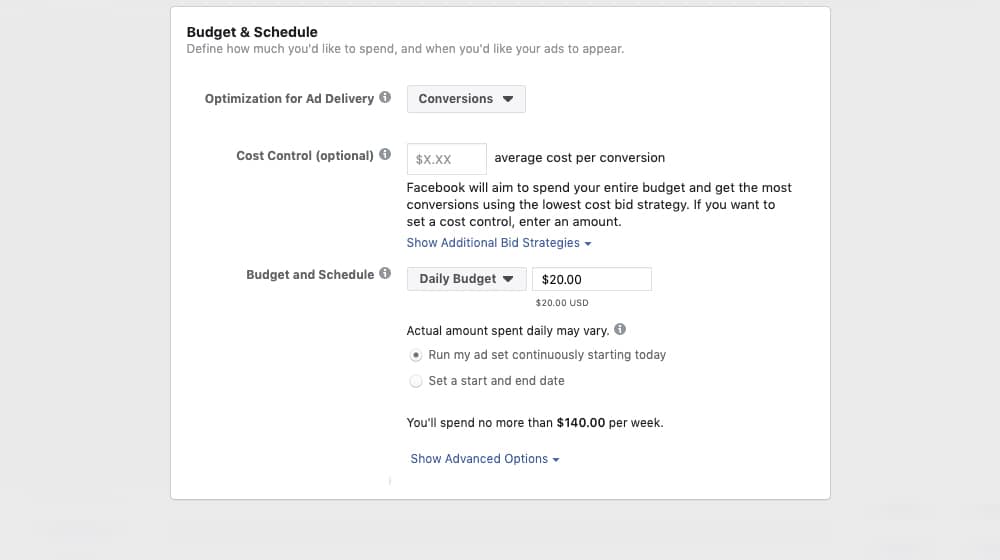
This means your ads will almost always start out doing well, and drop off after a few weeks or so. What happens is Facebook is targeting the low hanging fruit. These are the users most likely to convert and are generally the cheapest to target.
As those users are presented with your ad and either take action or ignore it, they're shuffled around in the pool. Facebook then has to target the less valuable people in sequence; people a little less likely to convert, then people a lot less likely to convert, and so on. This continues until you've reached ad saturation.
The trouble is, different people have different values associated with showing them ads. The low hanging fruit doesn't cost as much to reach, but the people further down the chain cost more. Normally, this simply results in a slow increase in your CPC over time, until you make changes to push it back down.
What happens, though, if your budget caps draw a line right through the middle of the audience? You get the low hanging fruit with a high ROAS, and then you hit the budget line. Immediately, Facebook struggles to serve your ads to the right people. They can't spend more to do it due to your budget caps, so they're stuck. Your ROAS drops, sometimes overnight.
How to fix it: Increase your bid or budget caps. It doesn't have to be a major increase – just something like 10% is usually enough – but it needs to increase. This gives Facebook more room to play with and lets them capture another segment of your audience. You may also consider changing your audience to be more focused around those low hanging fruit users, and lookalikes thereof.
Your Cost Per Click Increased
If it costs more to capture users and convert them, the math for return on ad spend is affected. Ad spend goes up, so if the return doesn't go up, ROAS goes down. It's a simple balancing of the equation.

A lot of different things can make your ROAS drop, either gradually or suddenly. If you've made changes to ad creative or targeting, that will definitely do it. If your ad relevance score has dropped, that will also increase your ad costs. If you've reached peak ad frequency, that can also spike costs, as Facebook has to start going back over people it has already targeted.
How to fix it: You'll need to identify the precise issue that caused the drop in the first place, and address it. I recommend checking out some posts like this one and scanning your ads to figure out what might be causing the problem. In particular with things like account-wide quality score, the ads that dropped in ROAS might not be the ads causing the problem. Be sure to check every facet of the problem.
Your Average Order Value Decreased
The other side of the math for ROAS is the return. Return is determined by the value of the orders being captured by Facebook's tracking. If the average value of the order decreases, the return you're getting on your ad spending decreases.
It's worth mentioning that a decline in average order value isn't always a bad thing. It can represent people making purchases that they wouldn't have normally made. Any customer is better than no customer, right? It only becomes a problem if you end up hitting so many of these low-value customers that your ROAS goes negative - then you have a problem.
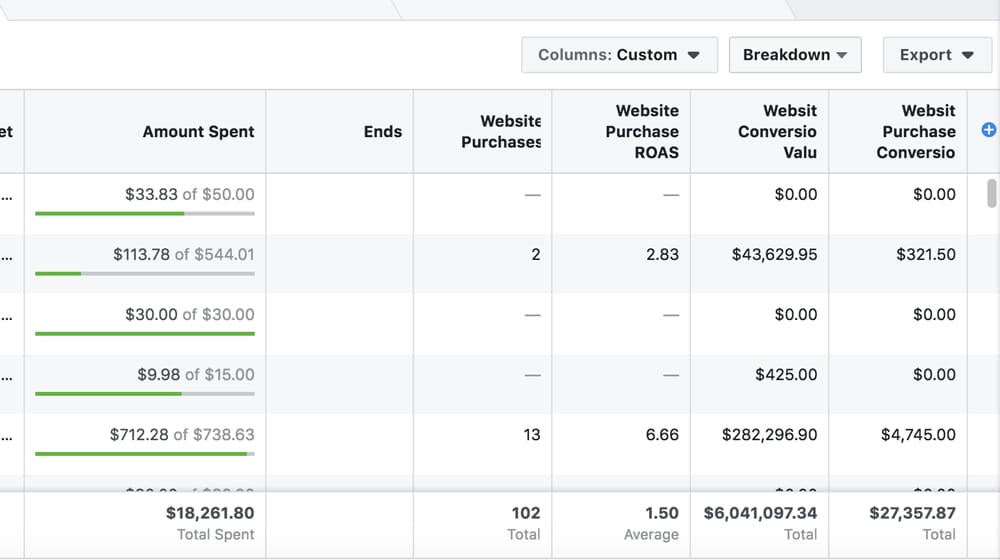
How to fix it: Fighting against a declining average order value doesn't have much to do with your ads themselves. Instead, you'll have to leave Facebook and hit up your website. Look for additional opportunities to cross-sell, up-sell, and down-sell, to increase the value of any given cart. Consider adding specials, bundles, and other tricks to your roster to help increase average order value as well. Of course, you could also consider modifying your pricing to increase your order value.
Your Ads Are Overlapping One Another
Overlapping ads is a tricky business. On the one hand, when you know your target audience and you know your messaging, it's hard to break out of the mold without risking tanking your metrics by targeting audiences you normally wouldn't. On the other hand, if you have a handful of different ads all with similar messaging reaching the same people, only one of them is going to get the sale if there's a sale to be had.
Overlapping ads isn't always a bad thing. That's what split testing is, after all, and companies run broad, similar ad campaigns all the time. It's best to do when you have a large budget and a large target audience, though. The smaller either of those things is, the harder a time you'll have reaching unique sets of people with each ad.
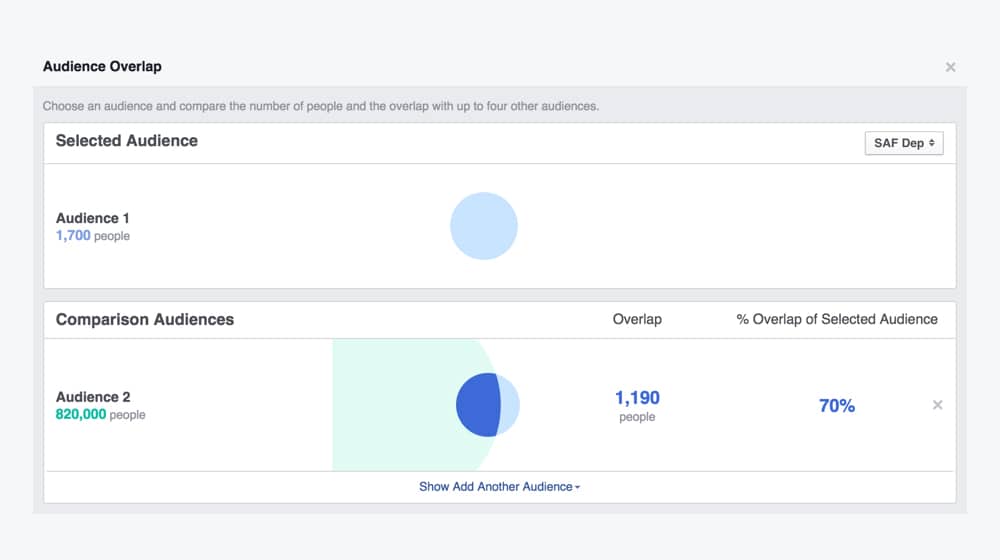
How to fix it: There are two ways you can fix this.
- Identify all of your overlapping ads. Pick the ads that are performing the best, and pause or kill off the ones that aren't performing as well. As long as there's no significant audience segment left out of the ones you have left, this should concentrate your ROAS on those ads.
- Differentiate your ads further. Figure out what unique audience segment or messaging technique each is pursuing, and push further in that direction, to reduce overlap.
It doesn't entirely matter which option you pick, but the differentiation is generally going to be the better option of the two. In fact, Facebook even offers an audience overlap tool you can use to help minimize overlap when it occurs.
New Competition is Poaching Your Sales
Now we're starting to get into the less common problems with ROAS. One such problem is that new competition has sprung up over the last few days, and they're poaching sales that would otherwise have gone to you. Normally this isn't that common – you can usually spot competition coming – but with the pandemic, millions of people are turning to the internet to try to make ends meet, so thousands of new small businesses are cropping up.
How to fix it: There's not really a whole lot you can do about this one. Competition is competition. You can't really go out and try to sabotage them. If you're a company like Google or Microsoft, you can offer to buy them out, but if you're reading my blog you're probably not a company like that (and if you are, call me!)
Most of the time, the best option you're going to have is study and adaptation. Identify this new competition and figure out what their unique selling point is. What do they bring to the table that allows them to capture sales that would have gone to you? How can you undercut them, or promote your own unique selling points, or even copy what they're doing for your own benefit? This goes a lot deeper than tweaking some ad messaging, but sometimes it's just what you have to do. No one has a niche for themselves forever.
Seasonal Demand Dropped Off
I hesitate to include this option on the list because, well, it's something you should expect. If you have a business selling Christmas decorations, you're going to see a huge run-up of interest and sales leading up to the end of December. By January, your ROAS is going to drop largely because no one needs your products for another eleven months.
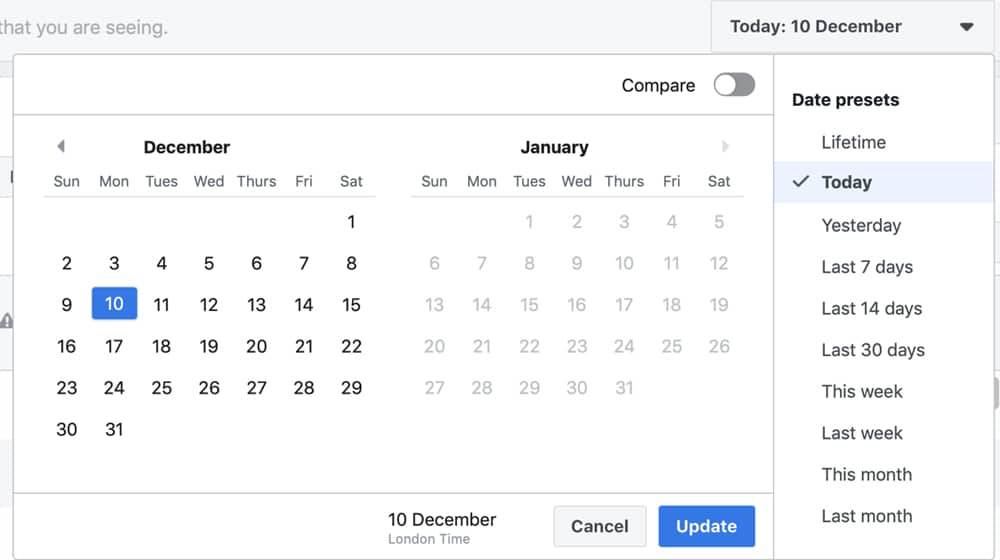
Seasonal demand can take many forms. Some of it is truly once a year. Some of it is recurrent on any holiday, or for seasonal holidays like the broad range of cookout-based holidays. Some of it can even be a smaller monthly or weekly cycle, though those usually have much less in terms of drop-offs.
How to fix it: You have two choices here. You can either deal with it, or you can diversify. If you choose to diversify, you need to figure out something your business can sell in the offseason. I can't really help you with that in a few dozen words here, you'll need to dig into your own R&D and figure out where to go from there.
Your Ads Reached Market Saturation
One of the more important ad metrics you should be monitoring is ad frequency. Ad frequency is the number of times, on average, a member of your audience has seen your ad. If you have an audience of 100 people and 50 of them have seen your ad, you have a .5 frequency. If all 100 of them have seen the ad, your frequency is 1. If they've all seen your ad twice, your frequency is 2, and so on.
There's some variability to this since Facebook will show your ads to some people more than once before others in your audience ever see them. Frequency is an average, not a strict measure.
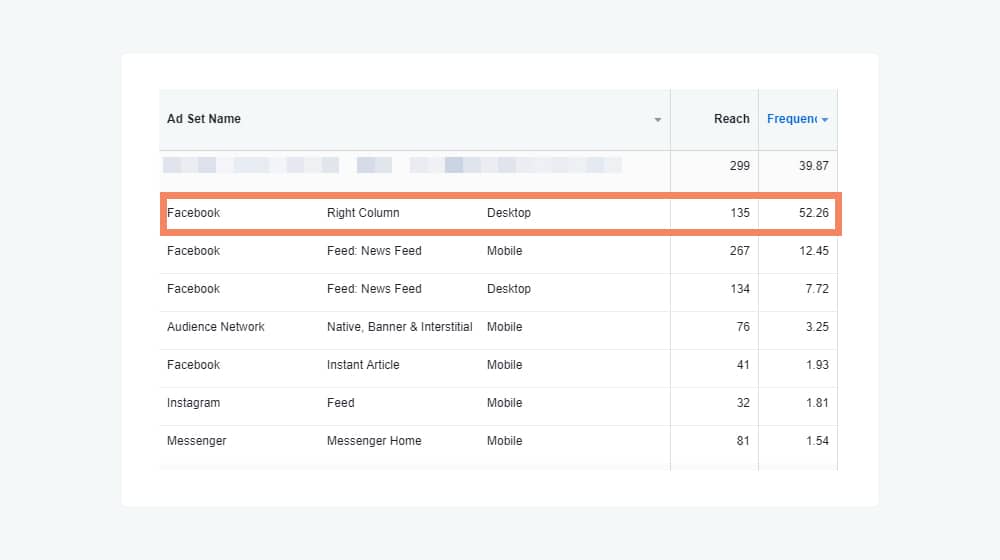
If your ad frequency gets too high – usually around 1 or 2, though it varies depending on the audience, the product, the ads, and other factors – people stop caring about it. It's similar to banner blindness. They've already seen it, they shrug it off, and they don't want to engage with it. Some people will even start to take negative actions, like hiding or reporting ads when they see them too many times.
How to fix it: Just keep an eye on your ad frequency. When it's getting close to 1, start paying more attention to the ROAS for those ads. When the ROAS drops, make note of the frequency and pause the ad. This is where you change up your marketing, either with new ads, new creative, new offers, or something else. Repeat this process until you've gathered a pretty good idea of what your ideal ad frequency is, and start proactively cutting off your ads when they reach that point.
Your Ad Creative Needs Refreshing
This is basically the same issue as the above; if your ads run long enough, they grow stale. People ignore them, people get tired of them, they fall out of season, they lose relevance. They're not attractive any longer, and when ads are no longer attractive, they don't bring in customers.
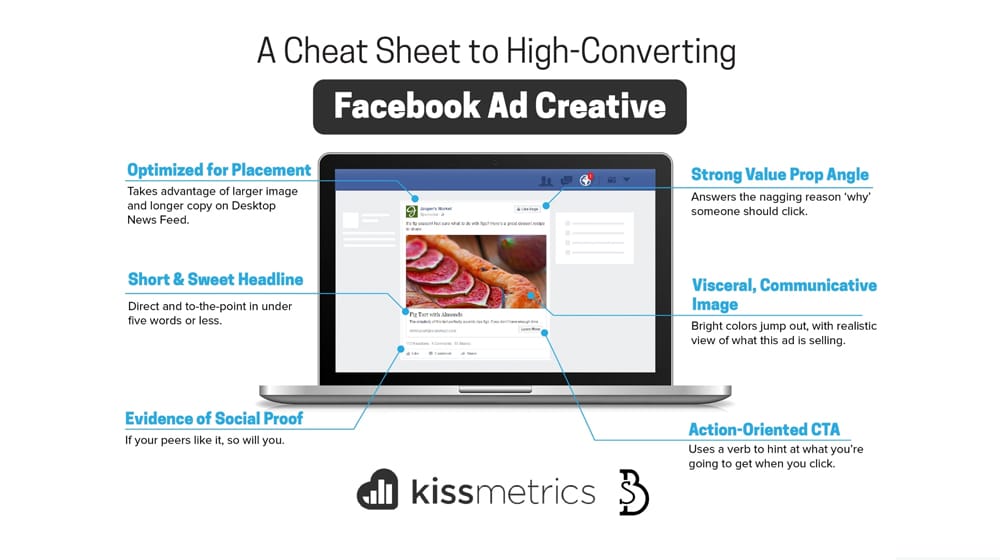
How to fix it: Change your creative! Change up the ad images, the text, the landing pages, the offers, anything you can. You can do this slowly and carefully by changing one element at a time, or you can abandon an entire branch of ads and start an entirely new ad campaign. Both have their own merits.
Your Billing Has Issues
This one should be more noticeable than a dropped ROAS, but it can sometimes cause issues and the drop in ROAS can be the first time you notice it. If your billing has problems, your ads will experience all kinds of issues. It's one of the basic troubleshooting steps for any negative occurrence in Facebook ads. Check your billing.
How to fix it: Check to see if your billing has encountered a problem. An invalid card, a bounced payment, a disconnected account, a prepaid account running out of funds; a lot can go wrong. Don't forget to check your email; Facebook might send a notice about certain issues.
You've Reached Account Limits
This is another issue that should be noticeable in other ways first, but hey, it's something to check if all else has failed. Facebook allows you to set a cap on your account's ad spend, to avoid going dramatically over budget and causing all manner of problems. If your account reaches this cap, your ads will stop, and all your assorted metrics will plummet. Of course, ROAS might not change, since both returns and spend cut off, but hey.
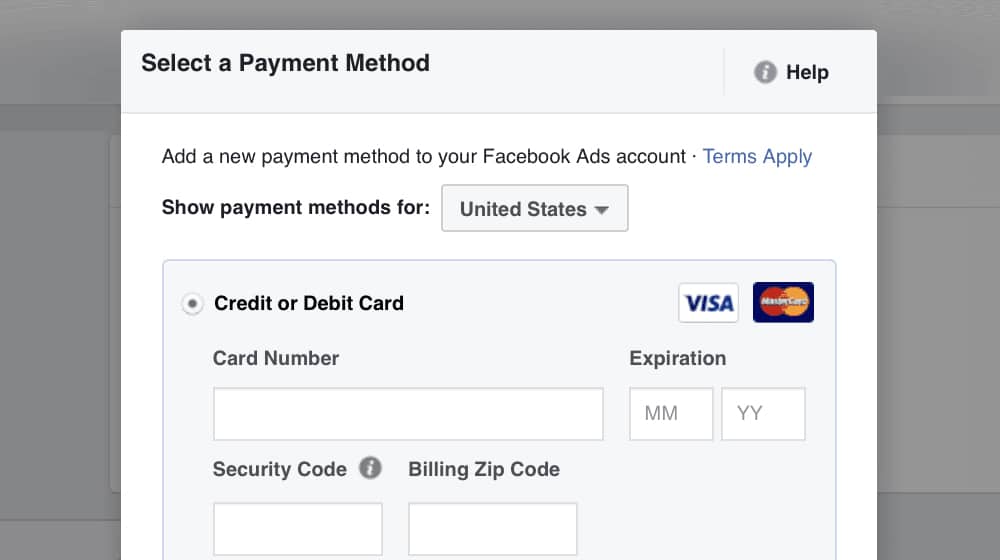
How to fix it: Check to see if you have an account cap and if you've reached it. If you have, increase it or remove it.
Facebook's Tracking Broke
Every now and then, Facebook will push some kind of update to their systems, usually on the back end and invisible to users. Unfortunately, this can break everything, for a few minutes to a few days. This is one reason I like to check Reddit communities for things like PPC ads; if suddenly dozens or hundreds of people are complaining about the same issue, it's probably not something you did or that's your fault. If Facebook broke their tracking and made ROAS numbers drop, well, you have to look elsewhere for your data.
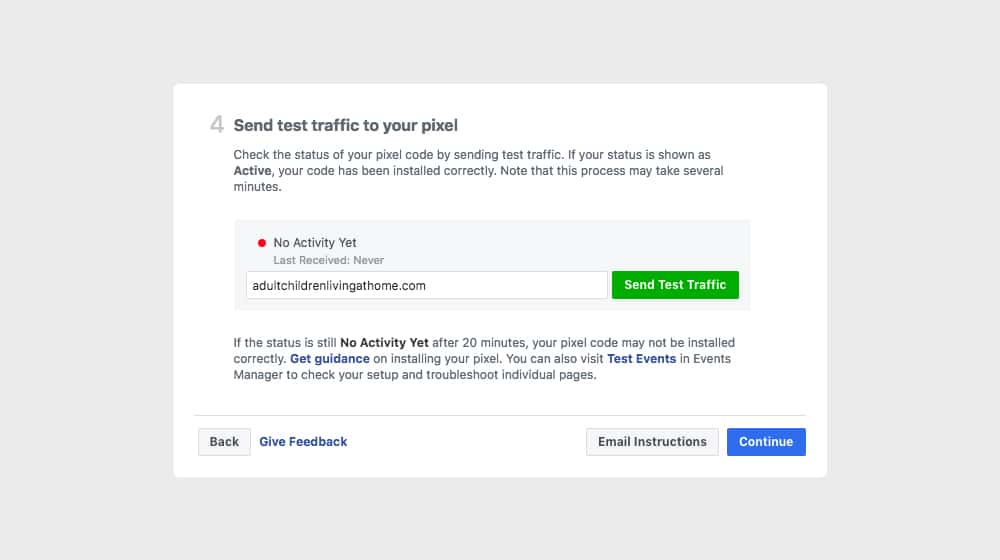
How to fix it: Make sure it's actually Facebook's fault. Check your Google analytics, your bank account, and whatever else you need to manually calculate your return on ad spend. If it doesn't agree with what Facebook gives you, it's probably their tracking. If it does agree, see the above.
If Facebook is having problems, all you can really do is ignore them until they resolve themselves. Pay attention to communities and the Facebook news channels to watch for possible updates you'd need to make, but most of the time you won't need to do anything but adjust for the broken data.
A Final Word
One last thing before I sign off; one thing you might consider is implementing a ROAS limit. Facebook allows you to put a minimum on the acceptable ROAS for your ads.
You can put it low to ensure that your ads only run if you're going to get something from them, even if you lose money. You can set it at a break-even point to ensure you don't lose money at all, and you can set it even higher to guarantee at least a minimum level of profit.
It's up to you, but it can help minimize some problems that occur with ROAS. Give it a try.



 30 Second Summary
30 Second Summary



October 27, 2020
Thank you, I was going crazy trying to figure out why my ROAS has dropped. I'm gonna try them one by one to see. Hope it will resolve my problem.
November 01, 2020
Thanks Lucille! This is a problem every Facebook Advertiser is experiencing now, it seems Facebook made a global update that increased costs for all advertisers. This just happened in the past month, so it may be there's nothing wrong with your ads and this is just due to the increase in ad costs.
Remember to diversify your marketing efforts!
November 23, 2020
When I noticed that my ROAS dropped, I checked my competitor and indeed that business was causing it. I checked on them (more like stalk them lol) and tried to copy how they did it. Having a Facebook Ads expert helped.
November 23, 2020
Hey Heather! Thanks for your comment. What did you learn about your competitor and what did you implement? Asking so that this might help others.
January 10, 2022
Thank you!! This will definitely help me figure it out. Seeing my ROAS drop suddenly made me so anxious so I'm glad I might be able to pinpoint the reason soon. I might also consider trying out your suggestion on implementing a ROAS limit next time.
January 12, 2022
Hey Allyson, no problem.
ROAS changes all the time, you really have to keep an eye on it to make sure you're getting your money's worth. Such is the nature of Facebook Ads, I suppose.